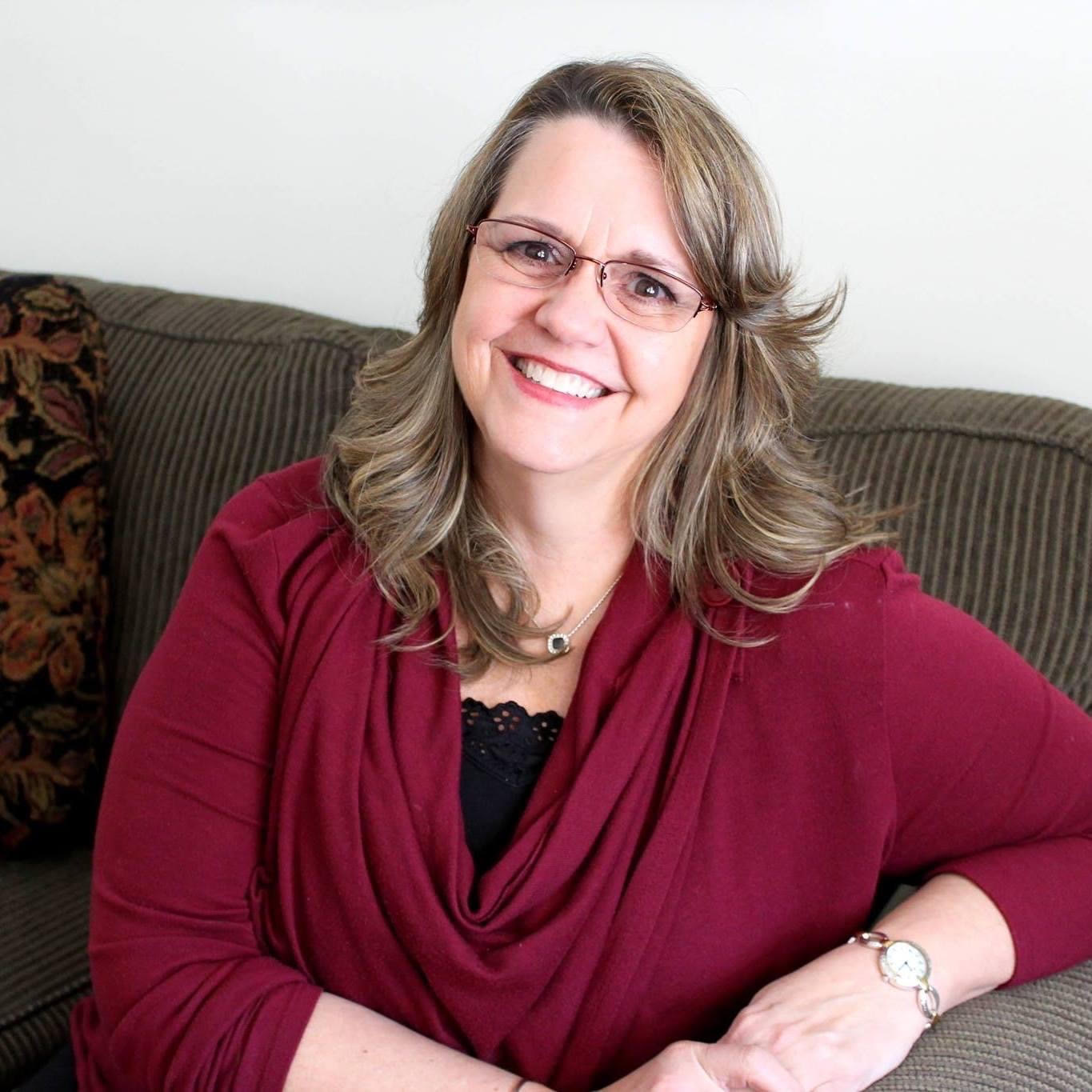Late Again! Retraining Patients and Your Team for Better Outcomes

Late patients can deflate your schedule along with your team. But how do we change that? From setting clear late-arrival policies to training your team on patient-focused communication and making collective decisions to balance care quality with team wellbeing, some strategies have proven effective in enhancing operational flow and patient satisfaction. Below are three tools to minimize the occurrence of late patients in your practice to retrain your patients and teams for better outcomes.
1 – The role of management.
First, the management team needs to recognize our role in the process. Practices fail without clear policies on how to address late patients. Define your office policies on late arrivals. For example, we allow a 10-minute grace period for late arrivals. At the end of the grace period, begin by calling to check on the patient’s status. A call is made by the provider who is waiting for them to arrive. It is crucial to provide scripting and training so that the team can be confident and consistent while setting expectations for patients. An example of phone scripting might be: “Hello, this is Beverly from Family Dental. We were expecting you at 2:30 this afternoon for your dental appointment. I am calling to check in on you.” Then be silent and wait. The team can then respond based on your office policies.
2 – Communication is key.
Our teams enable tardiness if we do not educate and communicate with our patients to understand the issue and how it affects their treatment. Our teams need training to practice patient-focused, clear, consistent communication about late arrivals. They should be able to clearly inform patients of the grace period policy if a patient states that they will be arriving late. The team should be equipped to discuss the consequences if the expected arrival time is outside of the grace period. Scripting might include “We do allow a 10-minute grace time for our appointments, but if you arrive outside of that window we may have to alter or reschedule the appointment.” If they arrive at the desk more than 10 minutes late, patients should be greeted and asked to have a seat. The office manager or a front desk member will need to address the late patient. This team member should be able to communicate well, show grace when appropriate, and adhere to the office policies. It is imperative to avoid having the provider involved to protect the doctor-patient relationship. Be sure to speak to the patient privately, not in an area where others can hear your conversation; the patient should not feel that they are being scolded or shamed publicly. The conversation should focus on the patient and their care, not the inconvenience they have caused the practice.
Apply these basic principles to practice patient-focused communication:
- Be ready to listen: “I understand you are running late today, is everything alright?” Responses may vary, such as “The bus was late,” “My child would not get in the car,” or “I thought my appointment was at a different time.” Often, patients will take ownership, others truly have legitimate reasons for their tardiness; hence it is prudent to have the conversation in a private space.
- Remember that patients like to be heard and acknowledged: By responding with phrases like, “I am sorry to hear that it has been a challenging day” or “Thank you for your honesty,” you convey genuine empathy for the situation.
- Explain the issue: “Unfortunately, we are already 15 minutes into your dental appointment. Our team always wants to give the best care possible, so we may not have enough time to do everything planned today properly.” If they called ahead, they would already know about your policy, as they spoke with your team on the phone.
- Offer options: “What would YOU prefer to do?”
- For hygiene appointments: An option might be: “We can take your x-rays and have the doctor do your exam. Then the dental hygienist can assess if they can professionally clean your teeth in the remaining time. If not, we will bring you back at a different appointment. If YOU prefer, we can reschedule the entire appointment or a different time.” If I have the options in the schedule, I may ask them to wait for an opening to be seen for treatment.
- For restorative appointments: There are times when you need to reschedule. If that occurs, we do consider it a missed appointment. I then explain that there is no charge this time unless they are chronic offenders. Restorative appointments can be harder to reschedule because they can affect office production significantly and may be difficult to shorten depending on treatment. “What do YOU prefer? Partial treatment (if possible) or let us reschedule for a different time?”
- Be quiet and wait for an answer: Say nothing and wait for them to choose. Using phrases like “No problem,” and “We will make it work,” can send contradicting messages. It is their choice, they arrived late. The goal is changing the mindset, we do not want to make it easy or non-consequential to repeat the behavior.
3- Team collaboration.
Lastly, dental teams need to support the balance of quality care vs. team care when making game-day decisions on treatments and schedules. At times, there may be a compelling reason to make a larger effort to complete an appointment as planned. Again, proper communication is key. Speak with your team, doctors, and technicians. Ask, do not tell. Often, just including and considering them in the process speaks volumes about your respect and appreciation for what they do for your practice and patients. As a team, consider the quality of care you can deliver, the demands on your team, and the effect on the other patients who may then be kept waiting. While customer service is always important, “the customer is always right” approach can be a recipe for team burnout and turnover. The dental team’s health and well-being should be considered. If our teams are regularly being asked to step up and make an overtaxed schedule work, it is easy to see how they could feel devalued, overworked, and underappreciated.
The occurrence of late patient arrivals results in team frustration and lost practice revenue. This can be mitigated by setting up consistent policies, training, effective scripting, applying patient accountability, and striking a balance between patient care and team care. When properly implemented, these tools will yield a positive response from your patients and your team members.
About the Author
 Beverly Kicinski, FAADOM
Beverly Kicinski, FAADOM
Beverly Kicinski is the operations manager at North Penn Pediatric Dental Associates outside of Philadelphia, Pennsylvania. She oversees fifty employees and the daily responsibilities of this growing multi-location practice including pediatrics, orthodontics, and a pediatric laser center. Bev’s passions include implementing systems to improve communication and enhance a positive and productive culture. She has been a member of AADOM since 2024 and received her Fellowship in 2023. Her multi-tasking and systems mindset stems from the “on-the-ground training” she received while managing six children and coaching women’s high school volleyball.






